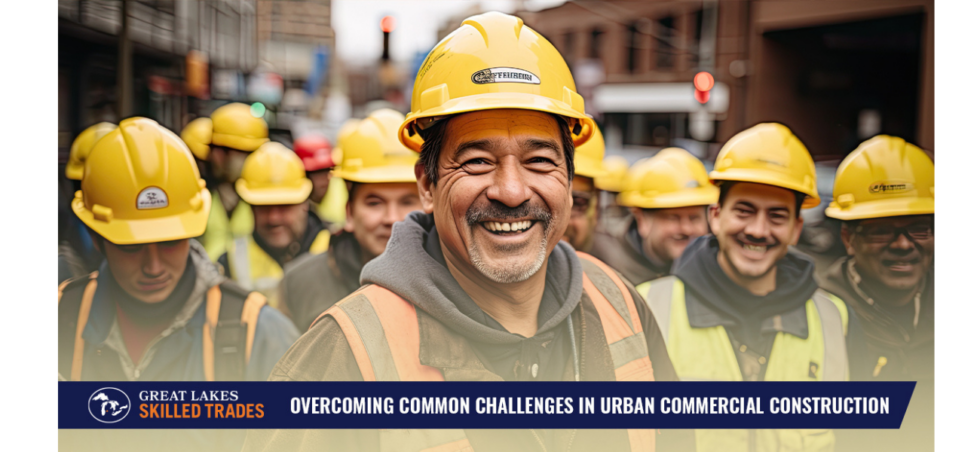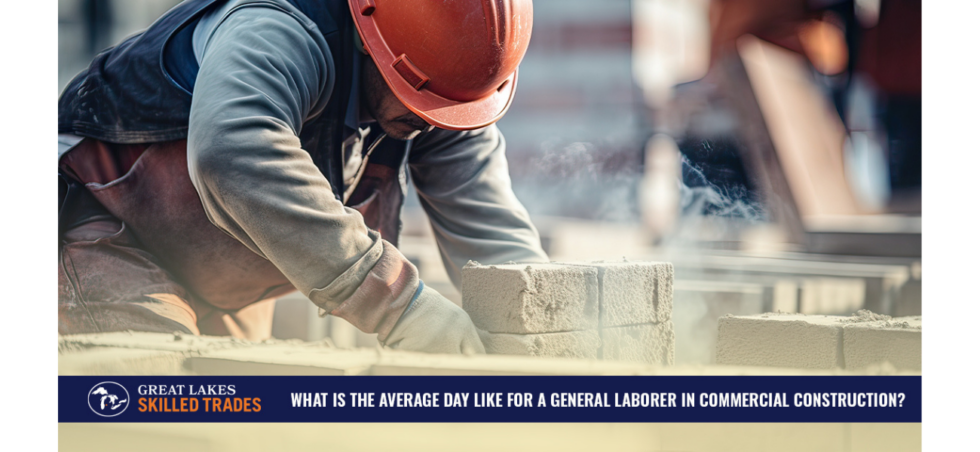The skilled trades are going through a bit of a talent shortage right now, and it can be tough to find the professionals you need. Part of it is the general labor shortage that took hold following the pandemic and hasn’t fully eased. However, the skilled trades also face some unique challenges in attracting and retaining talent. Here’s what you need to know.
Retiring Workforce
Baby boomers were the largest living population group until 2019 and are still very close to the top. They’re also the last generation to remain highly loyal to a single company throughout their careers. But they’re now retiring in droves. As boomers retire, the construction industry must scramble to find their replacements.
Low Interest
But replacing older workers isn’t so easy in the skilled trades. There’s been a seismic generational shift, and many young people don’t see the trades as a viable career path. Maybe it’s because they’ve seen the effects of offshoring manufacturing or because they were kids during the Great Recession of 2008. Either way, the interest in building a career as a skilled tradesperson simply isn’t there for a lot of people in their 20s.
Emphasis on Higher Education
A huge challenge for the skilled trades is that society as a whole puts enormous emphasis on traditional higher education. Although the trades pay very well and offer strong job security, a college degree is expected in many social circles. People who choose to work with their hands may feel judged by their peers.
What You Can Do
The best long-term solution to the talent shortage is for those in the construction and manufacturing industries and the skilled trades to come together and change the messaging. Being outspoken about this type of career’s advantages can help win people over in the long run.
But in the short run, you need an ongoing supply of reliable tradespeople to work on your projects. That’s where a dedicated staffing firm such as Great Lakes Skilled Trades can help. We know where to find skilled trades professionals and how to vet them to make sure they have the skills you need. Rather than trying to find talent yourself in this tough market, why not let us bring the talent to you?
Need a Skilled Trade Professional?
At Great Lakes Skilled Trades, we specialize in connecting contractors with professionals in the skilled trades throughout the Great Lakes region. If you need a skilled tradesperson, learn more about our services, and then contact us today!









